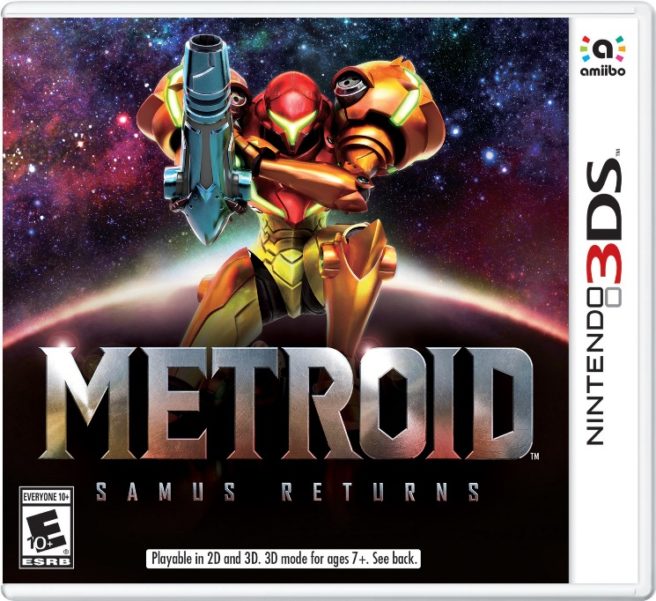Metroid: Samus Returns devs on how MercurySteam came on board, art style, possibility of 2D Metroid on Switch
This information comes from Metroid producer Yoshio Sakamoto and MercurySteam’s Jose Luis Márquez…
On whether Nintendo reached out to MercurySteam or the other way around…
There was a very fateful meeting, so we’ll tell you that to start off with.
I just wanted to start out by saying I’ve been wanting to make a 2D Metroid game with today’s technology for quite a long time. It wasn’t only my personal desire, but also because I know there are a lot of people out there in the world who have been clamoring for a 2D Metroid game.
For myself, I’ve been wanting to revisit that fundamental, basic, core essence of Metroid, that 2D gameplay, and I was considering ways to go about taking on that challenge. That was more than two years ago.
Then I heard of MercurySteam and they were looking to take on the challenge of remaking a Metroid game. It wasn’t Metroid II, but again I’d heard about this desire from the MercurySteam team.
I knew MercurySteam from their development work on Castelvania. I thought, “We’ve got to meet with these guys,” and so we flew out to Spain [where MercurySteam is located]. Over the course of that meeting, obviously we had a great time. It seemed like, wow, there’s a lot of potential here, and basically that’s really how it got started.
Jose Luis Márquez: Like Sakamoto-san said, we approached Nintendo to make a remake of a classic game. We are also a fan of the series, so we were happy to know that they wanted to collaborate with us.
On whether MercurySteam has a lot of creative input…
One thing I think it’s really important to focus on, and I’d like to strongly reinforce that idea, we are one team during the course of this game. It’s us working together.
It wasn’t a case of, “hey, you take care of this and we’ll take care of that.” It was, you know, we’re throwing all our ideas on the table and we’re asking you to do the same and they brought forth all of their creative energies and we melded that all together.
Most of the new abilities that you’re seeing in the game are things that came, they were inspired by the ideas and suggestions that came from Mercury Steam.
Márquez: It’s like Sakamoto-san said, we were a single team so the ideas were coming back and forth between both companies, so we finally say we did it together.
On the art style…
For myself, my answer would be, of course, we wanted to incorporate a lot of varied animation. We wanted to make it look as good as we could and we thought really the polygonal art style was much more suited toward what we wanted to be the look of the game.
I think another merit of using polygons was that, because the games in 3D, we wanted to be able to look at things from a variety of different angles and we wanted to create what we think are these very dramatic and cool cut scenes.
On whether Sakamoto was ever thinking about ideas for a 2D Metroid for DS before…
I always thought that the use of the two screens, one for gameplay and one for sort of a submenu or map screen was a really special feature of both the DS and the 3DS.
By the time we were ready to start development on this project, the 3DS was the platform, so it came out originally intended for the 3DS. Not just because of the timing, but we also were like, wow, this 3D feature is something we really want to use.
There’s something else the DS couldn’t do, the incorporation of an analog stick allowed us to incorporate the free aim mechanic.
On a 2D Metroid for Switch…
We are always, always thinking about ways that we can excite the fans of the series and come up with stuff that they will want to see and play, and we love that challenge, but there’s nothing we can discuss in terms of Switch at this point. Yeah, we’ll discuss it. (laughs)
